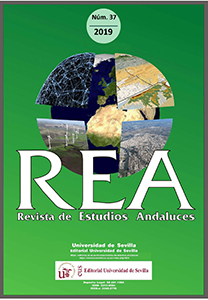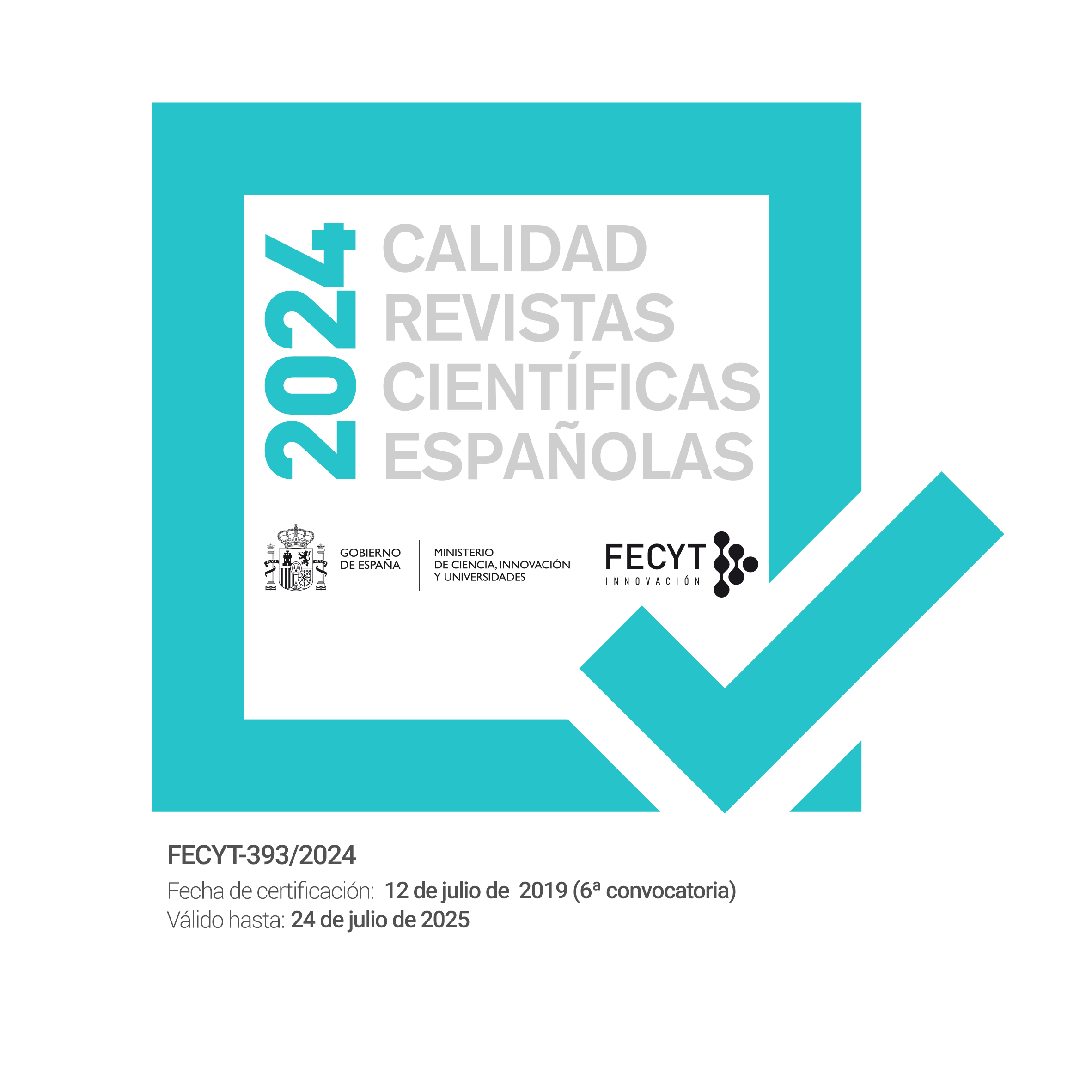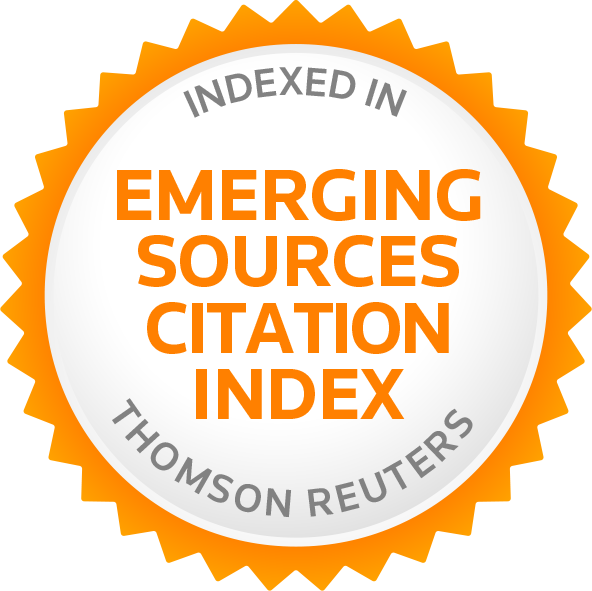Sustainable Urban Mobility in Medium-Sized Cities. Case Study of the Campus in Caceres
Palabras clave:
Sustainable mobility, accessibility, urban development, perceptionResumen
Since the mid-20th century, mobility in urban settings has featured the mass usage of private vehicles and rising numbers of trips made, as well as an increase in the distances travelled, rendering non-motorised transport methods less and less effective over time. Medium-sized cities have seen the strongest changes in their mobility habits in recent decades, given that they represented 54% of the increase in the Spanish population between 2001 and 2011. This significant demographic growth was, in most cases, accompanied by a considerable increase in the urban area.
The main purpose of this paper is to develop a methodology for characterising mobility on a university campus so that, by defining the mobility purposes and patterns, measures can be applied to rationalise the urban transport system. The Caceres University Campus has been used as a reference since it is a clear example of segregated suburban space, located 4.5 kilometres from the city centre, with connections to the city being strongly affected by the abrupt terrain.
Descargas
Descargas
Publicado
Cómo citar
Número
Sección
Licencia
La edición electrónica de la Revista de Estudios Andaluces se ofrece en acceso abierto desde el número 28 publicado en 2011 hasta la actualidad. Las ediciones impresa y electrónica de esta Revista son editadas por la Editorial de la Universidad de Sevilla, siendo necesario citar la procedencia en cualquier reproducción parcial o total.
La Revista de Estudios Andaluces no cobra tasas por el envío de trabajos, ni tampoco cuotas por la publicación de sus artículos. La Revista es gratuita desde el momento de la publicación de cada número y sus contenidos se distribuyen con la licencia “CreativeCommons Atribución-NoComercial-SinDerivar 4.0 Internacional” , que permite al usuario de la Revista de Estudios Andaluces criterios que cumplen con la definición de open access de la Declaración de Budapest en favor del acceso abierto. Puede consultar desde aquí la versión informativa y el texto legal de la licencia. Esta circunstancia ha de hacerse constar expresamente de esta forma cuando sea necesario.







